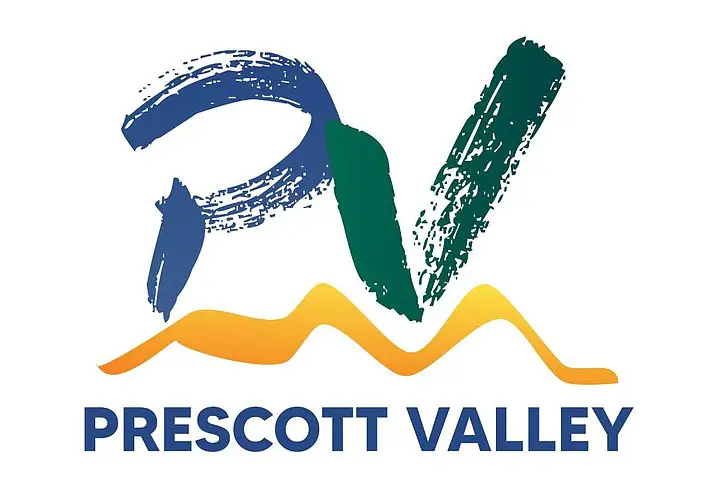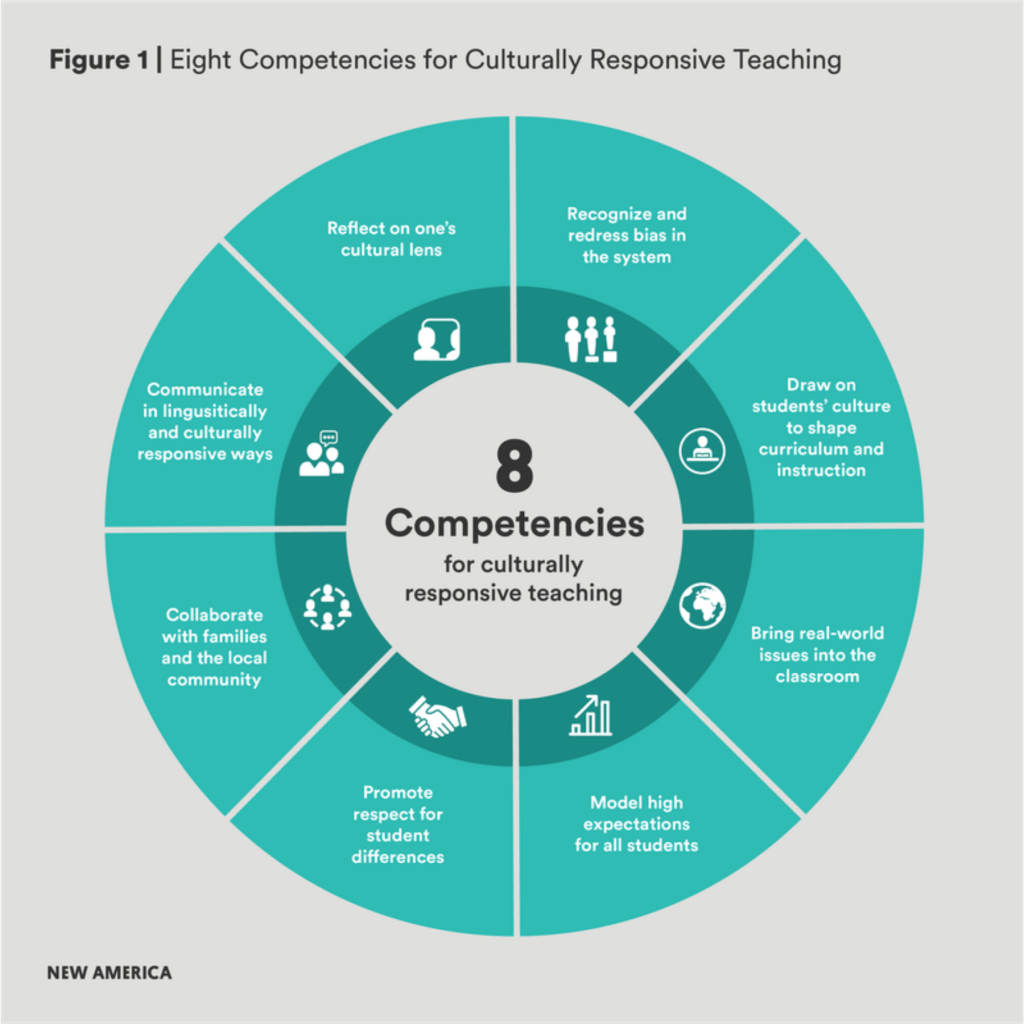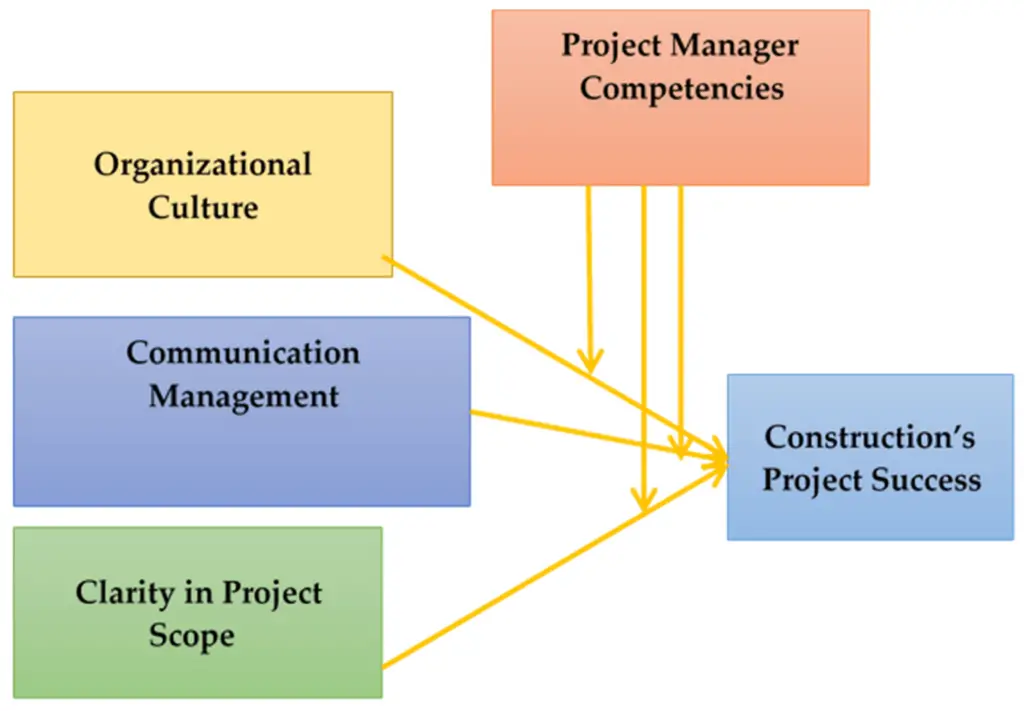Prescott, a captivating city in Arizona, offers a rich blend of cultures, traditions, and educational pursuits. The distinctiveness of Prescott’s local culture and its influence on education is something that resonates through every aspect of community life.

This connection manifests itself in various ways, from the curriculum taught in schools to the community events that foster learning. This article delves into the intricate relationship between cultural norms and educational methods in Prescott, exploring how they work together to create a unique learning environment.
Prescott’s Historical Background
Located in the heart of Arizona, Prescott’s history is a fascinating amalgamation of Native American roots and pioneer settlements. Its past is etched with tales of the indigenous people and early settlers, crafting a cultural landscape that continues to influence education in the city.
The native tribes in the region had their unique ways of transmitting knowledge and wisdom. These practices laid the foundation for a rich cultural heritage that evolved over time with the arrival of pioneers in the 19th century. Their struggle for survival and community building has shaped the cultural fabric of Prescott, which plays a vital role in the current educational framework.
Cultural Traits and Norms
The cultural traits in Prescott are as diverse as they are vibrant. From traditional arts and crafts to language and dialects, the local culture is a living testament to the history of the people who have called this city home.
Local artists and craftsmen keep the traditional arts alive, teaching their skills to the younger generation. This passing down of knowledge not only preserves the cultural heritage but also finds its way into school programs and workshops.
Prescott’s community festivals and events are other essential aspects of the cultural scene. From rodeos to art fairs, these gatherings foster community spirit and offer educational insights. They allow children to learn about their heritage, providing a practical, hands-on approach to education.
Educational Landscape in Prescott
The education system in Prescott reflects the richness of its culture. With a range of institutions, from public schools to private academies, there is an array of options available to families.
The curriculum in Prescott schools goes beyond textbook learning. It integrates aspects of the local culture, such as history, art, and language, making education a more engaging and personal experience. This connection between culture and education isn’t unique to Prescott but has been modeled in other parts of the world.
The relationship between culture and education is deep-rooted in Prescott. Whether it’s integrating local history into lessons or embracing community events as learning opportunities, the city’s educators are continually finding ways to make learning more relevant and engaging.
Incorporation of Local Culture in Education
Prescott’s schools have developed creative ways to incorporate local culture into education. Here’s how they’re achieving this:
- Traditional Learning Techniques: Schools adopt Native American storytelling techniques, connecting students with their indigenous roots.
- Teaching Local History and Heritage: A focus on local history helps students understand the community’s past and its impact on present-day Prescott.
- Cultural Tours and Excursions: Field trips to local museums and historical sites provide hands-on learning experiences.
The synergy between cultural elements and educational methods helps in fostering a sense of identity among students. This connection with their roots inspires a more profound interest in learning, making education more appealing and personalized.
Impact on Teaching Methodology

Prescott’s teaching methodology is greatly influenced by local culture. Local educators blend modern teaching techniques with indigenous knowledge, creating a rich and well-rounded educational experience.
Teachers utilize community resources and local wisdom to make lessons more engaging. Collaborative and community-based learning forms the core of this approach. Students work together, learn from local experts, and engage in projects that mirror real-life community issues.
This blend of modern and traditional methods not only makes learning more engaging but also cultivates a sense of community and respect for local culture.
Student Engagement and Identity
Building a connection with local identity is vital in Prescott’s education system. Schools encourage students to participate in cultural activities, fostering a sense of pride and belonging.
Children involved in cultural programs often show a higher level of engagement in their studies. Learning about their heritage, participating in traditional arts, or understanding local customs allows them to see the practical applications of their classroom learning.
This strong link between local culture and education has a positive impact on academic performance. Students are more motivated, and their connection to their community adds value to their educational experience.
Parent and Community Involvement
In Prescott, parents and the community play a significant role in shaping the education system. Their involvement creates a symbiotic relationship between schools and the community, making education a shared responsibility.
Parents actively support the integration of culture into education, often volunteering in classrooms or participating in community events. Their perspective is valuable in shaping curriculum and extracurricular activities, aligning them with local traditions and values.
Community engagement goes beyond parent involvement. Local artists, historians, and community leaders often contribute to school activities. Whether it’s a workshop on traditional crafts or a community history project, these collaborations enhance the educational experience in Prescott.
Challenges and Opportunities
Despite the success in integrating culture into education, Prescott faces challenges. Balancing modernity and tradition is often a complex task. Teachers must navigate cultural sensitivity while incorporating technology and modern methodologies.
Yet, these challenges present opportunities for growth and improvement. Through open dialogues, continuous training, and community collaboration, Prescott can further strengthen the connection between local culture and education.
Case Studies and Success Stories
Several school programs and initiatives in Prescott stand out as success stories. These cases highlight the effective integration of culture into education.
- A local elementary school’s project on Native American history and culture has received accolades for its comprehensive and engaging approach.
- Community-driven workshops on traditional arts and crafts have seen participation from hundreds of students, instilling a sense of pride and connection to local traditions.
- Partnerships between schools and cultural organizations have resulted in programs that seamlessly blend education and community values.
Future Prospects and Recommendations
The potential for integrating culture and education in Prescott is immense. Emphasizing cultural awareness and implementing strategies that foster a strong connection between local heritage and learning can lead to a more enriching educational experience.
Educators, policymakers, and the community must work together to strengthen this bond. Recommendations include:

- Enhancing teacher training in cultural sensitivity and integration.
- Encouraging community collaboration in curriculum development.
- Investing in programs that highlight Prescott’s unique culture.
These efforts can shape the future of education in Prescott, making it a model for other communities to follow.
Frequently Asked Questions: Prescott’s local culture and its influence on education
How has Prescott’s local culture shaped education?
Prescott’s local culture has significantly influenced education by integrating traditional values, arts, history, and community engagement into the curriculum. This approach has enriched the learning experience for students.
What are the challenges of integrating culture into education?
Challenges include balancing modernity with tradition, handling cultural sensitivities, and ensuring that all aspects of local culture are appropriately represented.
How can other communities learn from Prescott’s experience?
Other communities can adopt Prescott’s collaborative approach, engage local experts, and incorporate cultural elements into the curriculum to make education more relevant and engaging.
Are there any specific programs or initiatives that stand out in Prescott’s educational landscape?
Yes, several programs emphasize the importance of local culture. Collaborative projects between schools and cultural organizations, community-driven workshops, and field trips to local museums are examples that stand out. These initiatives have been instrumental in making education more engaging and culturally relevant.
How does the local community view the intersection of culture and education in Prescott?
The local community in Prescott highly values the integration of culture and education. Through active participation in school activities, volunteering, and support for culturally enriching programs, community members express a positive and invested interest in this intersection.
Conclusion
Prescott’s local culture and its influence on education is a compelling narrative of community collaboration, heritage preservation, and educational innovation. The city’s approach towards integrating cultural values into the classroom has resulted in a vibrant and engaging learning environment that resonates with students, parents, and the broader community.
By successfully weaving the threads of history, tradition, and modern teaching methodologies, Prescott offers a model that other cities can learn from and adapt.
Whether it’s the direct involvement of local experts, the use of indigenous knowledge, or the encouragement of community events, the symbiotic relationship between culture and education in Prescott is a testament to the power of local identity in shaping minds.
Through challenges and successes, Prescott continues to inspire and prove that embracing local culture in education is not just an enriching experience but an essential one.
The blend of heritage, community, and learning creates a well-rounded educational landscape that nurtures the intellect and spirit alike, contributing to the development of responsible and culturally-aware citizens for the future.



Leave a Comment
You must be logged in to post a comment.